Oleg Deripaska is a very brave man, in all likelihood.
When Ernest Hemingway wrote “Death in the Afternoon,” his study of Spanish bullfighting almost 75 years ago, he made a point of appreciating the quality of bravery in both bullfighters and bulls. So does the audience at corridas today. The most common degree of bravery, Hemingway wrote about the men, is “the ability temporarily to ignore possible consequences.” An even greater degree of bravery, Hemingway added about the matadors he knew, “is the ability not to give a damn for the possible consequences; not only to ignore them, but to despise them.”
In the fifteen months since President Vladimir Putin began his campaign against the Yukos oil company and the oligarch who controlled it, Mikhail Khodorkovsky, Kremlin and other government officials have speculated about whether it would prove to be a one-off affair, or whether Putin would move against other oligarchs, whose record of capital accumulation is similar to Khodorkovsky’s. As time has elapsed,the Kremlin factions have increasingly believed that their boss would be unrelenting. They have therefore begun to speculate about which oligarch would be next. The Russian media have joined the guessing-game, while those newspapers which are controlled by the oligarchs themselves have been Advertising the reasons they can think of why their proprietor should be safe. Not a single oligarch has shown such bravery as Hemingway described as verging on contempt for the consequences! Unlike Khodorkovsky, most of them have prepared their exits from Russia, in the event they face a charge they cannot deflect.
Depending on which source you listen to, Deripaska — the controlling shareholder of Rusian Aluminium (Rusal), world’s third largest producer of aluminium, and Basic Element, a holding that includes auto, paper and pulp, insurance, electricity and other assets – is more vulnerable to Kremlin attack than his fellow oligarchs. But until very recently, this was) self-serving speculation, cheap talk. On September 6, however, a government document appeared that challenges the president to act in a new fashion.
Rusal, Deripaska’s principal source of cash, is revealed in the document to be under official investigation for tax optimization practices which, according to a source redding from the document, cut the group’s tax payments in 2003 to jlnst 2 percent of its declared sales revenues. By contrast, Rusjsian oil company Yukos, whose principal shareholders are in prisofii facing trial on charges of fraud, forgery and tax evasion, paid 38 percent of its annual sales revenues on tax in 2002, and again in 2003. LUKoil, another major Russian oil producer, claims its tax payments for 2003 amounted to 24 percent of sales revenues.
Rusal, which does not disclose detailed financial data, claims its sales revenues for 2002 and 2003 amounted to $4 billion and $4.5 billion, respectively. Rusal executives did not reveal the tax problem at an investor briefing in New York last week, when they predicted imminent agreement from a group of international banks to lend $800 million. If Putin were to decide to seek repayment of past-due taxes at the Yukos level, Rusal could face a potential tax liability of $3 billion for the two years, before interest and penalties.
Here is what has happened already. A report on tax payments by major Russian metal companies, including Rusal, was compiled by the federal Tax Ministry, and delivered early this month to the prime ministry. According to Sergei Kazakov, a spokesman for Prime Minister Mikhail Fradkov, “the report was created at the request of Prime Minister Fradkov’s staff), and was sent there for study. After the staff will carefully study it, they will decide what governmental structures could be interested, and what to do next.” The report has not yet been distributed. A spokesman for the Federal Security Service said: “Our economic crime department did not confirm receiving such a report from the Tax Ministry.” At the General Prosecutor’s office in Moscow, a source said the report may have been read by one of the prosecutors, “but officially we didn’t receive it.”
According to the Tax Ministry, the rate of tax payments in 2003 by Rusal appears to be a fraction of that paid by comparable metals producers. The rate paid by Norilsk Nickel, for example, Russia’s leading producer of nickel, copper and platinum group metals, amounted to 19 percent of sales revenues. A Norilsk Nickel spokesman told me: “”We’ve heard about the report passed to the prime ministry, but I can confirm that no governmental structures made any official claims to the company.”
Severstal, one of Russia’s largest steelmakers, is identified in the report as having paid taxes at between 12 and 14 percent of revenues. Two other steelmakers, Magnitogorsk and Novolipetsk, were reported as having paid taxes at rates of 12 percent and 13 percent, respectively. The report’s authors have identified metal trading companies, acting for the Russian firms, in the Isle of Man, Gibraltar, British Virgin Islands, Cyprus, and other locations.
According to the text of the report, Rusal was able to minimize its tax payments through the use of tolling schemes — contracts for supply and processing of raw materials between Rusal smelters and offshore companies — and through a regional tax relief scheme operated through companies registered in the fareastern region of Chukotka. The region’s governor, Roman Abramovich, was a 50-percent shareholding partner of Deripaska in Rusal until he sold the latter a 25-percent bloc of stock a year ago. Rusal executives claim that Dertpaska is close to negotiating a deal with Abramovich and his holding company, Millhouse, for the purchase of the remaining 25 percent stake.
Abramovich’s administration of Chukotka’ public finances was investigated by the independent state auditor Chamber, earlier this year. A summary of the report by the Chamber, issued in May, revealed companies, linked to Rusal, among 22 corporate beneficiaries of several hundred million dollars in estimated tax benefits. A search of Russian corporate registration files turned up confirmation that Trading House Aluminium and Trading House Russian Foil were registered in Anadyr, in Chukotka. On October 19, 2001, the two companies are recorded as having founded a Moscow company, Russian Aluminium Finance LLC. All three companies are part of the Rusal group. The Chamber spokesman, Andrei Belayev, told me this week: “It’s now clear that Rusal was using tax optimization schemes in the Chukotka region, but it’s difficult to give the exact number of the tax underpayments.”
The legality of the Chukotka tax scheme, according to the regional law in effect at the time, depends on whether those who used it to offset taxes spent half of their tax savings in the Chukotka region. The legality of Rusal’s tolling and the tax relief it provided, depends on interpretation of the relationships between the on-shore production units of the metal, and the offshore trading units, and of the intentions conveyed by the trading records.
Although Rusal spokesmen brief industry analysts, they have declined to respond to press questions about the Chukotka scheme, or the latest Tax Ministry investigation. Rusal also does not publicly disclose detailed trade data, except to say that just over 80 percent of annual sales revenues are earned by “sales outside the Russian Federation”.
Western industry investigations of Rusal’s aluminium trade have been focusing on several unexplained anomalies in the data for Rusal’s exports. According to one investigation, conducted in London, there appears to have been a change in the first quarter of 2004 in the volumes of primary aluminium traded by Rual, a trader associated with the group, and Wainfleet Consultadores, a company reported to be doing business in Madeira, Portugal. Litigation involving Rusal in the US uncovered a large number of trading companies, registered in several tax-haven locations from the Caribbean to Gibraltar, and elsewhere, through which Rusal’s aluminium passes on its way to final destination. During this transit, lawyers claim, legal title to the aluminium changes.
There are also large, unexplained anomalies in Russian customs data for exports of primary aluminium (commodity code 7601) to the US, and the corresponding data for US imports of Russian aluminium. Rusal and a second Russian producer of aluminium, Siberian Ural Aluminum (SUAL), export to the US. Data provided by SUAL indicate that its sales to the US comprise roughly 20 percent of the aggregate Russian sales, with the balance accounted for by Rusal.
According to the Russian customs data, aluminium exports in 2003 totaled $1,408 billion; the corresponding tonnage figure is unavailable. Data released by the US International Trade Commission for the same year show imports of Russian primary aluminium totaled 657,000 metric tons for a value of $950 million. Russia was second only to Canada as the supplier of aluminium to the US. But the US value is $458 million below the declared Russian value. Industry experts in London believe this may reflect changes of origin in the metal, once it leaves Russia according to tolling contracts and the registration of fading companies.
The picture is dramatically different for this year’s trade. In the first seven months of 2004, US imports of primary aluminium from Russia totaled 524,455 metric tons, and were valued at $883 million. The average price was $1,685 per ton, which is close to the international marker, the LME average for the period. Official Russian data obtained for the same period do not reveal the tonnage, but the declared value was $36 3.2 million. The discrepancy in value is almost half a billion dollars.
Russia customs sources provide volume data for the six-month period to June 30, 2004. In that interval Russian exports to the US were 180,163 tons, for a declared value of $228 million. The average price is $1,262 per ton; this is $423 below the international market price. Calculating volume by the month, the US appears to have imported 150 percent more Russian aluminium than the Russian data disclose. The average US value per ton is 34 percent higher than the figure declared to Russian Customs.
According to a source at the State Customs Committee, part of the distortion in US import data has been caused by the use of tolling contracts, which changed the apparent [dace of origin of Russian entering the US. However, he noted that tolling for Russian exports of aluminium ended by January 1 of this year.
If the customs documents which Rusal files when it exports aluminium are under-valuing the price at which the product is sold – and Russian Customs sources do not say that it is – then investigation is the responsibility of the Tax Ministry and the General Prosecutor, according to the State Customs Committee. There, officials are waiting on orders from the prime ministry, which in turn waits on word from the President. Asked whether his staff is reviewing the Tax Ministry report, the presidential spokesmen have yet to reply.


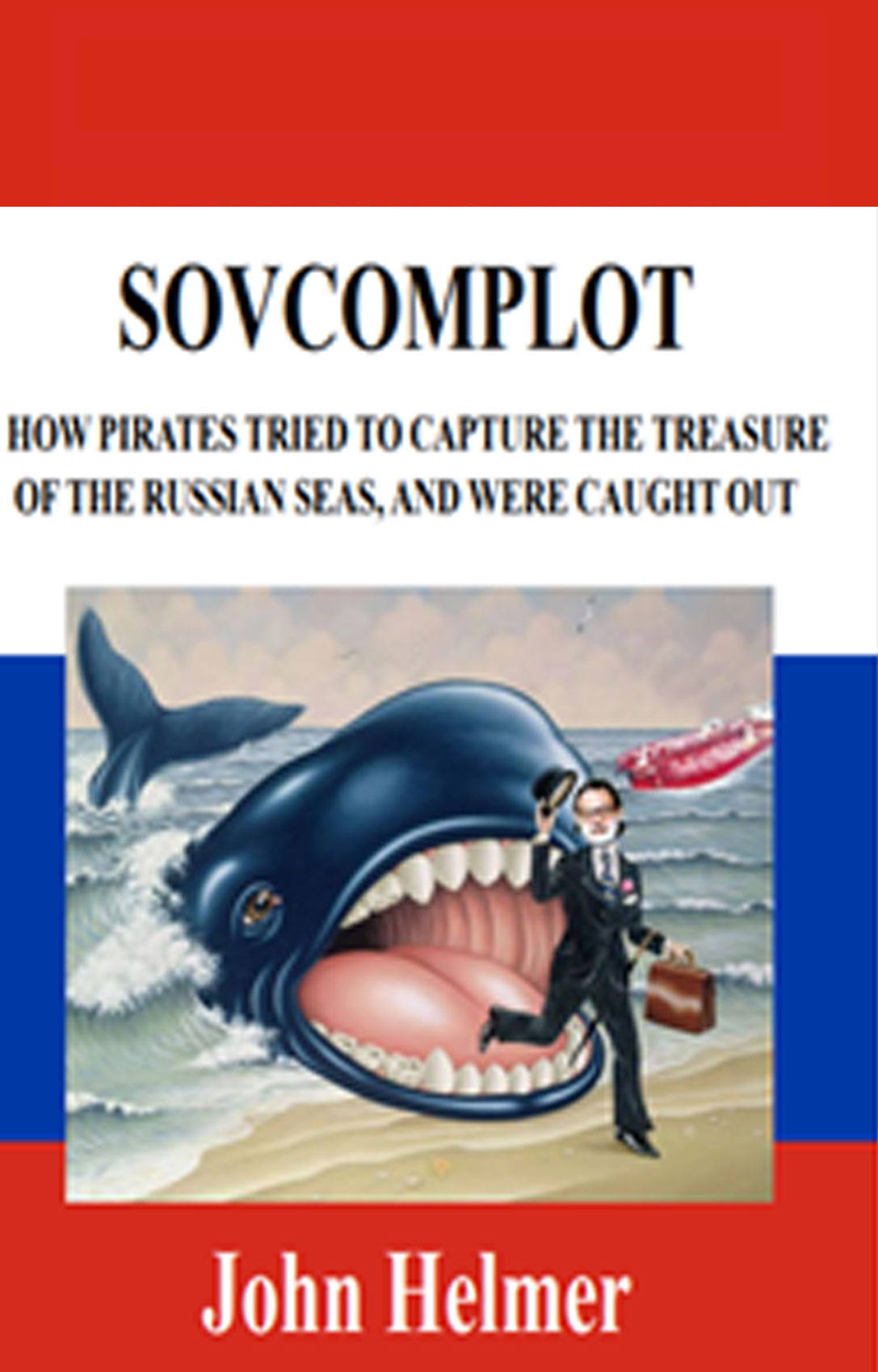

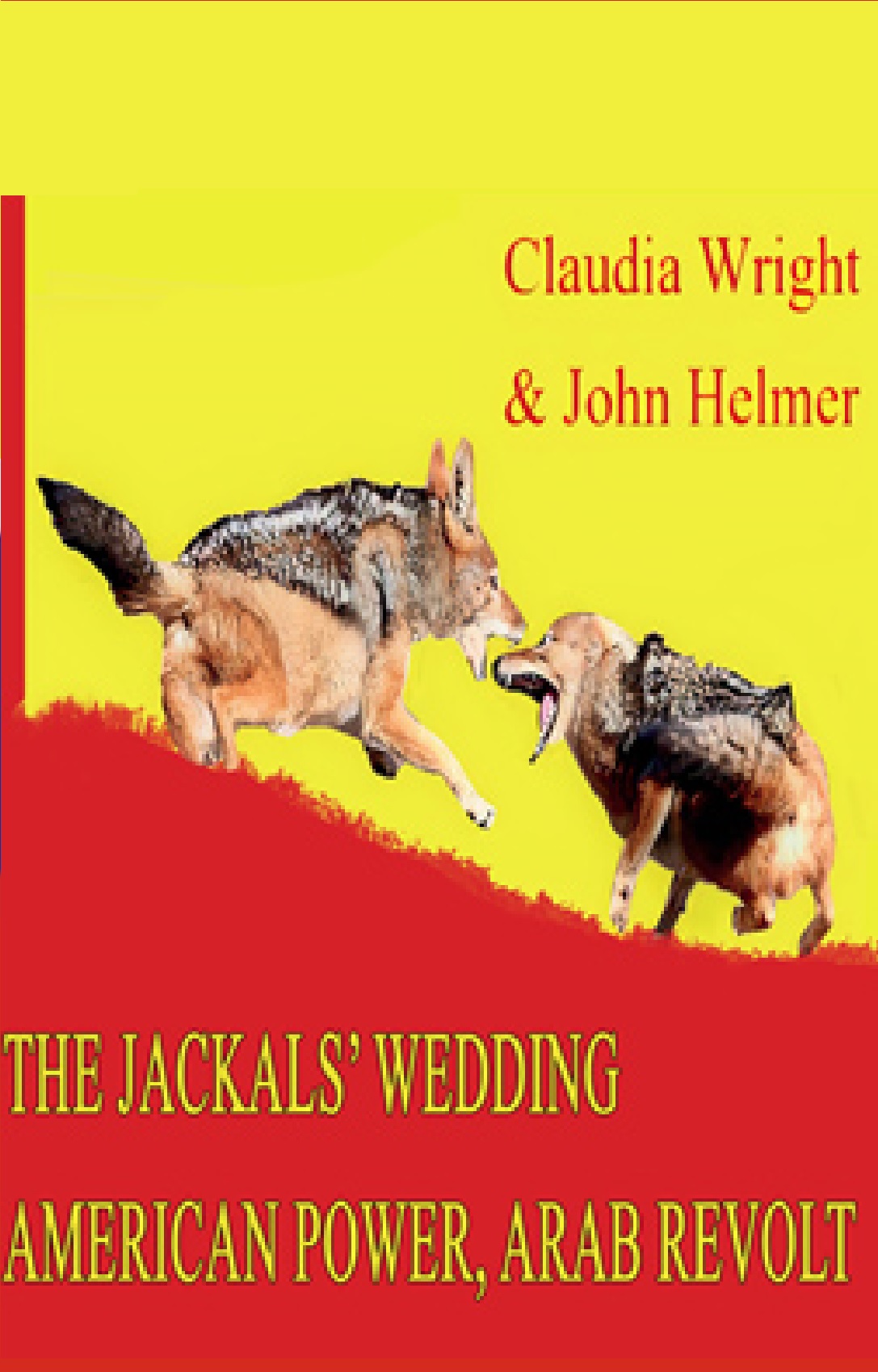
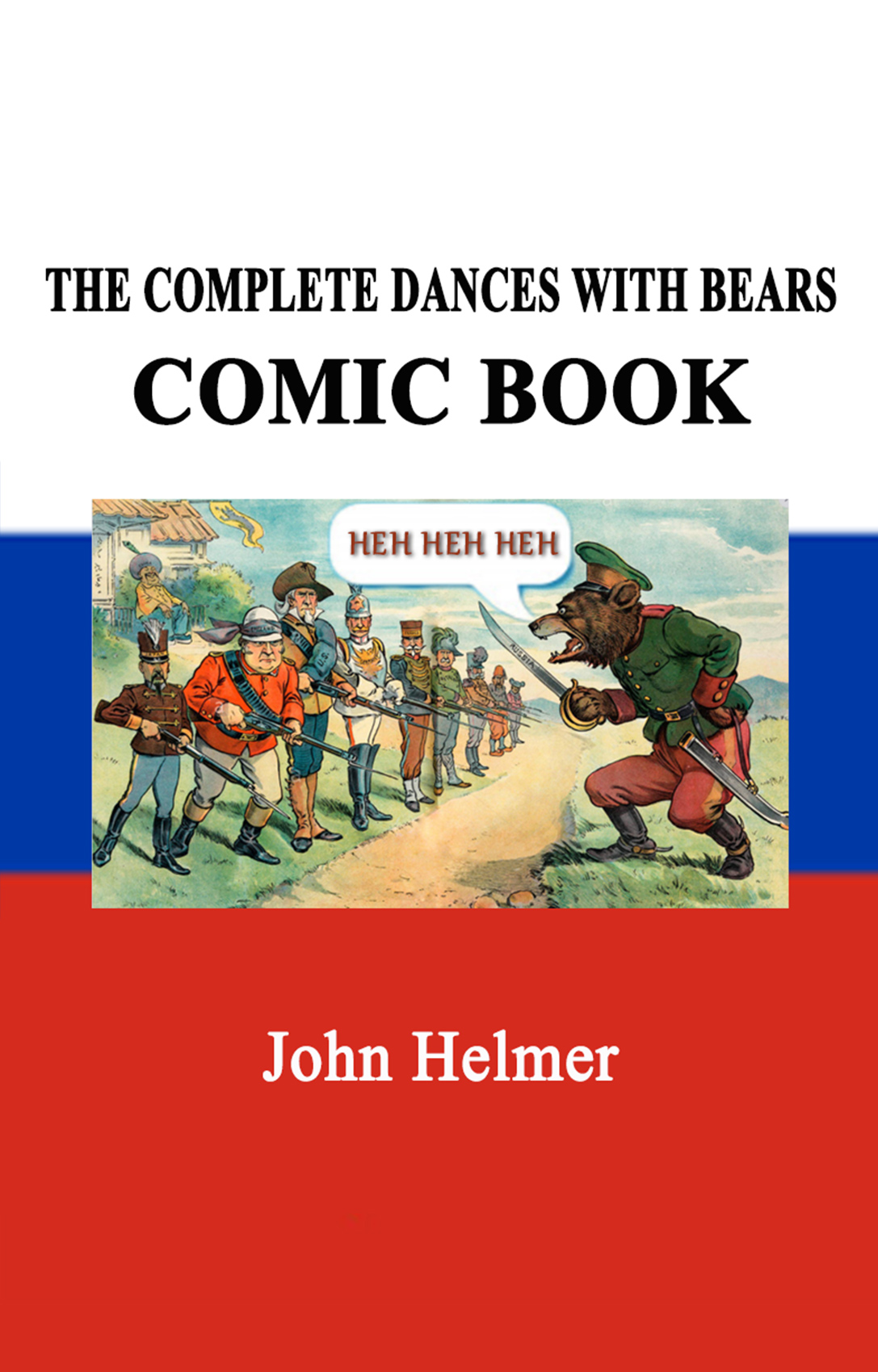
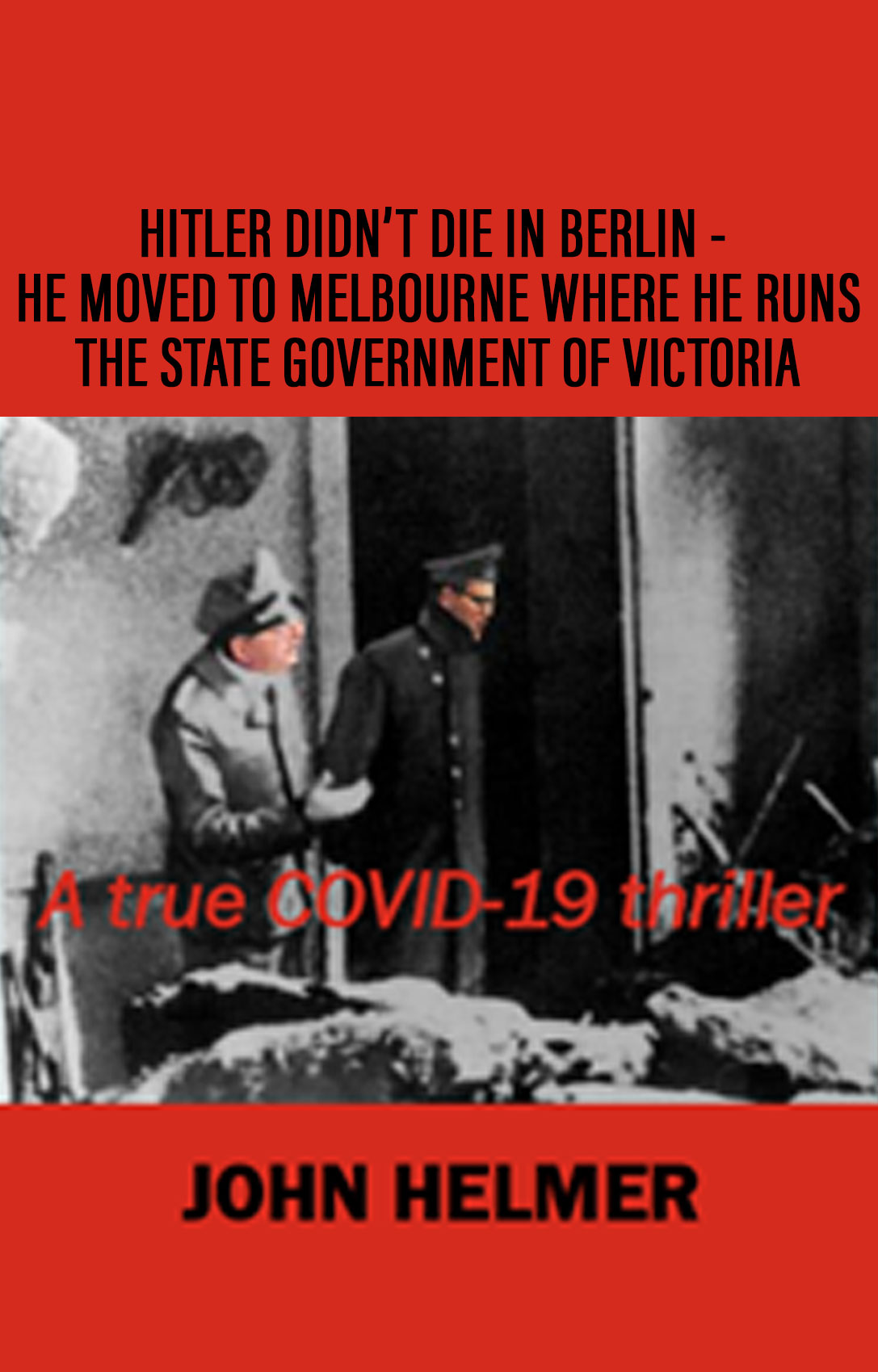
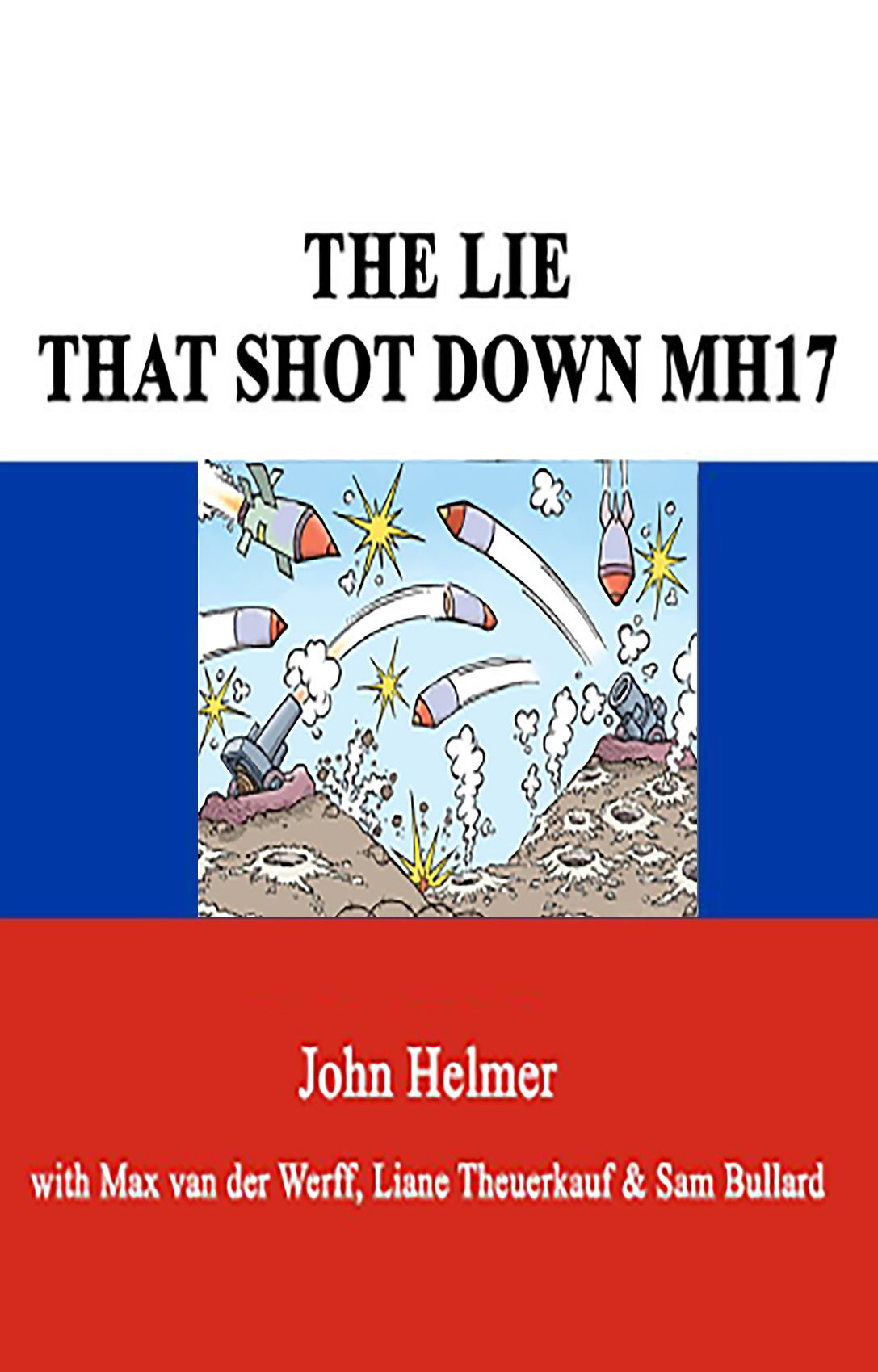
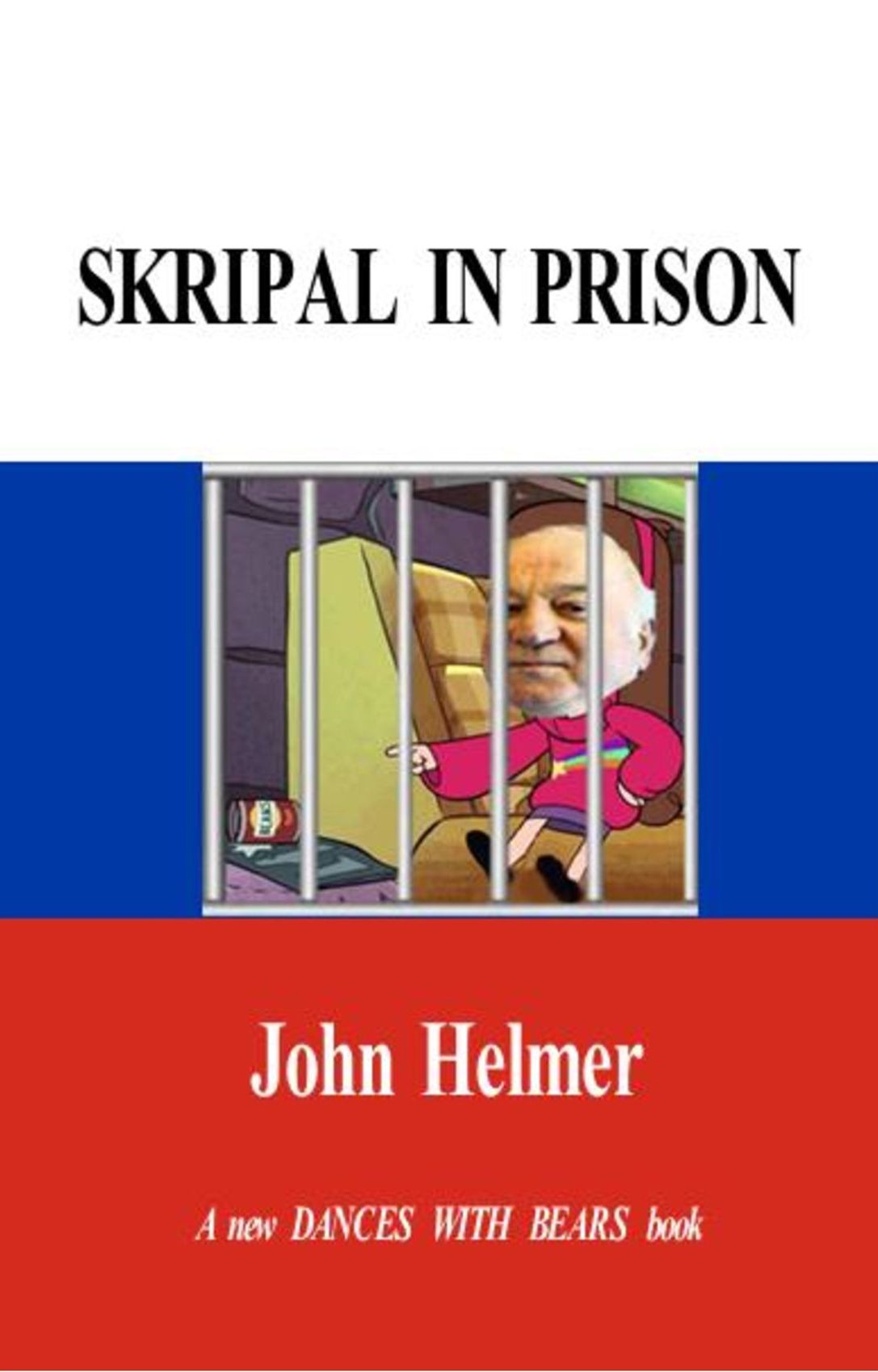
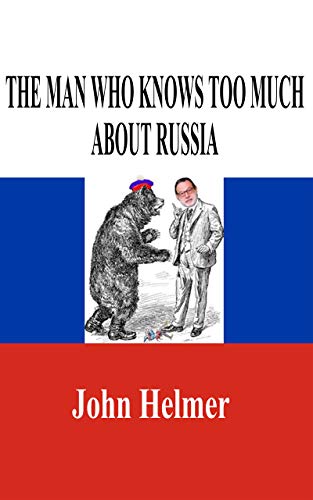

Leave a Reply